
Sichuan Museum
Among the exhibits, 1,399 treasures have been added to the list of China’s Top-class Cultural Relics under Protection, and 6,731 antiques are the second-class. The exhibits include bronze articles, stone wares, ceramics, ancient coins, paintings and so on.
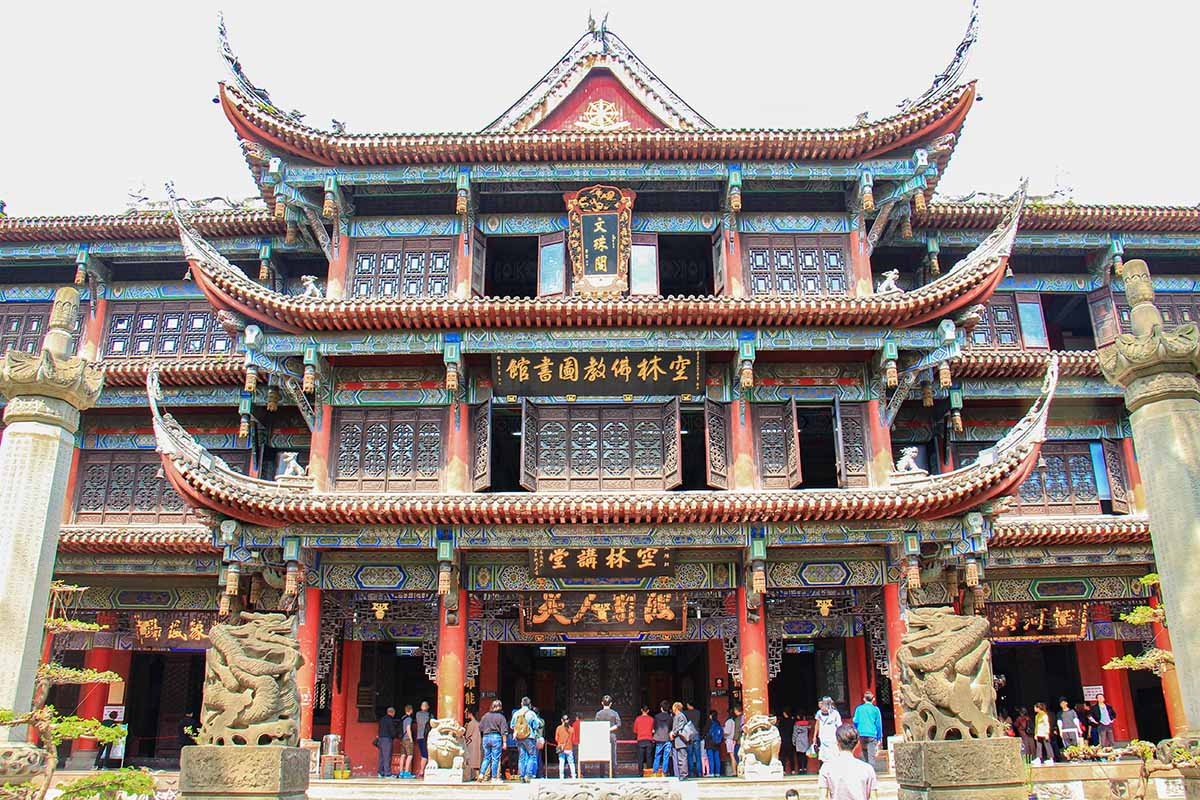
Wenshu Monastery
Wenshu Monastery has a collection of cultural relics and numerous treasures. The temple enshrines more than 300 Buddha statues, which have high cultural and artistic value and provide valuable information for us to study ancient sculpture, casting and other crafts.
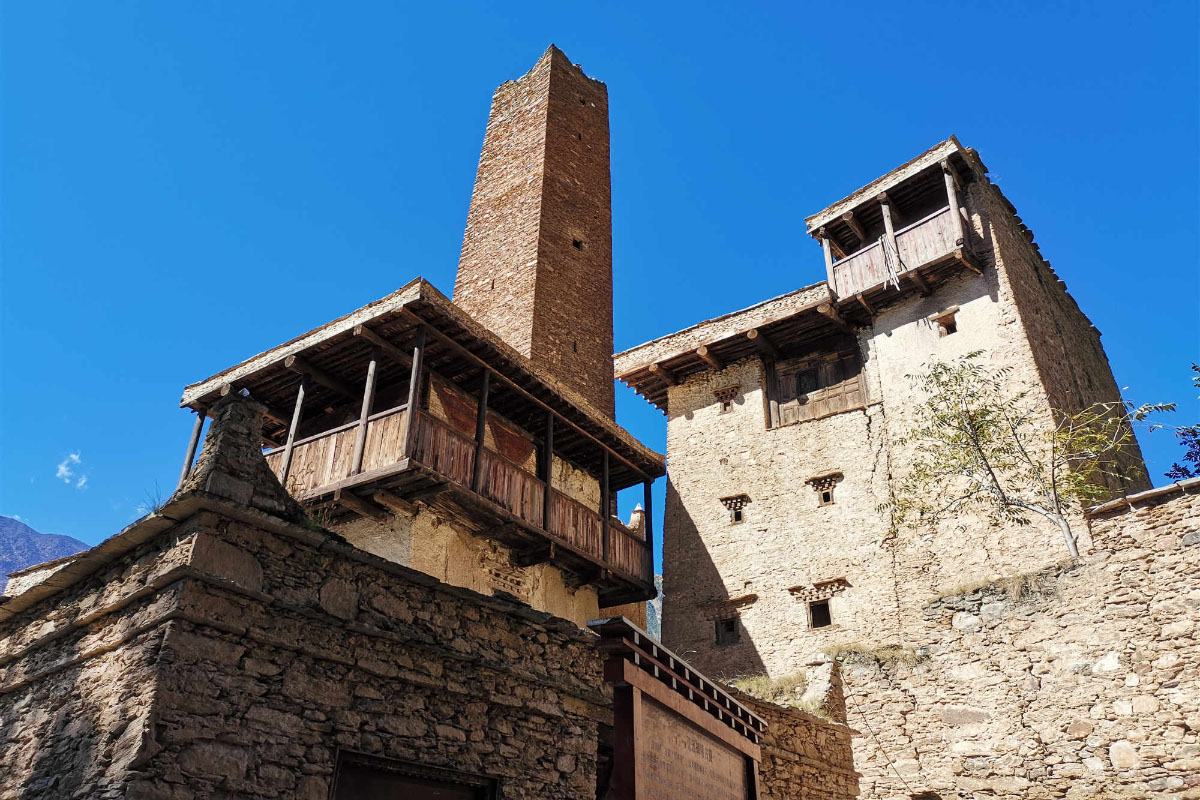
Suopo Watchtower
As a result, the distant Guge civilization of Ali in Tibet migrated to the Danba Gyalrong area. Many watchtowers were built to strengthen military defenses. And the capital was built which is now the ruins of the ancient Dongnv Kingdom.
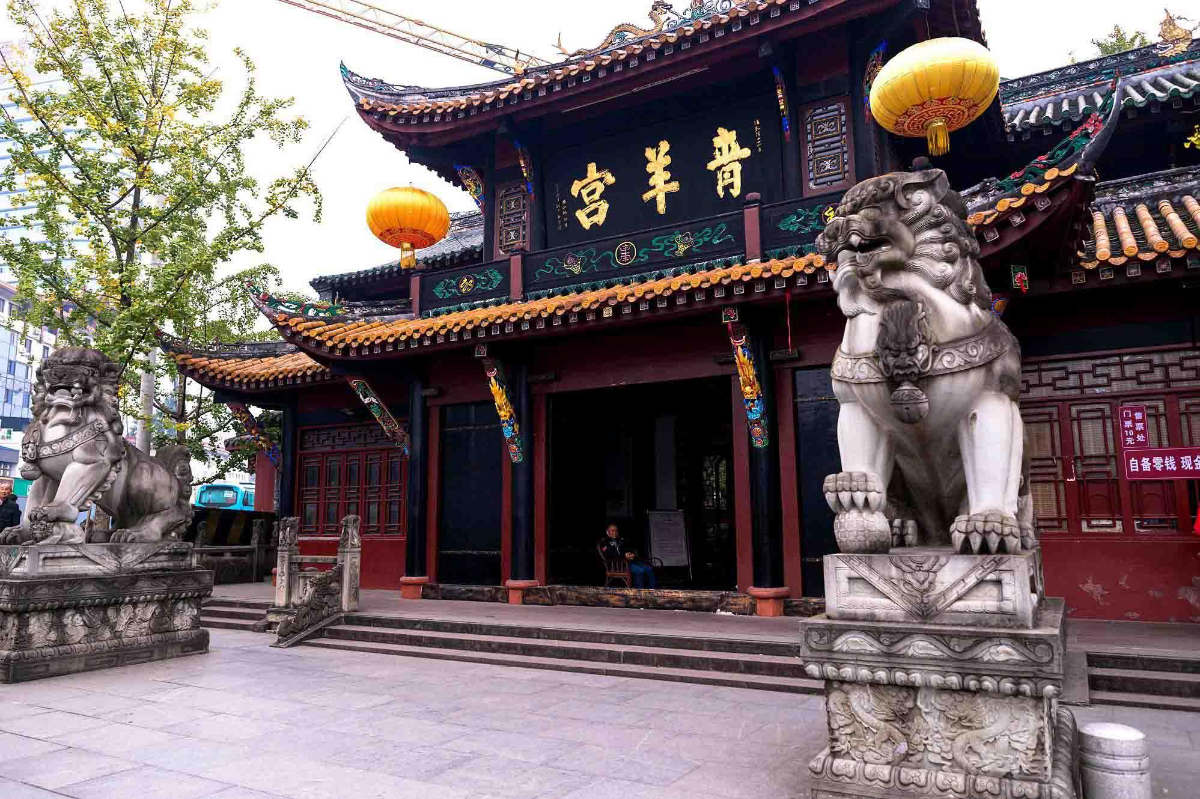
Qingyang Temple
Located alongside Culture Park, this is Chengdu’s oldest and most extensive Taoist temple. It dates from Zhou dynasty . It is topped as the No.1 Taoist Temple in Western Sichuan, as well as one of the top five prestigious historic sites in Chengdu.

Taoping Qiang Village
The Qiang people are the oldest minority in China, with a long and interesting history. They do not, however, have a written language,If you want to learn about the architecture and lifestyle of the Qiang minority, Taoping Qiang Village is the best place to go.
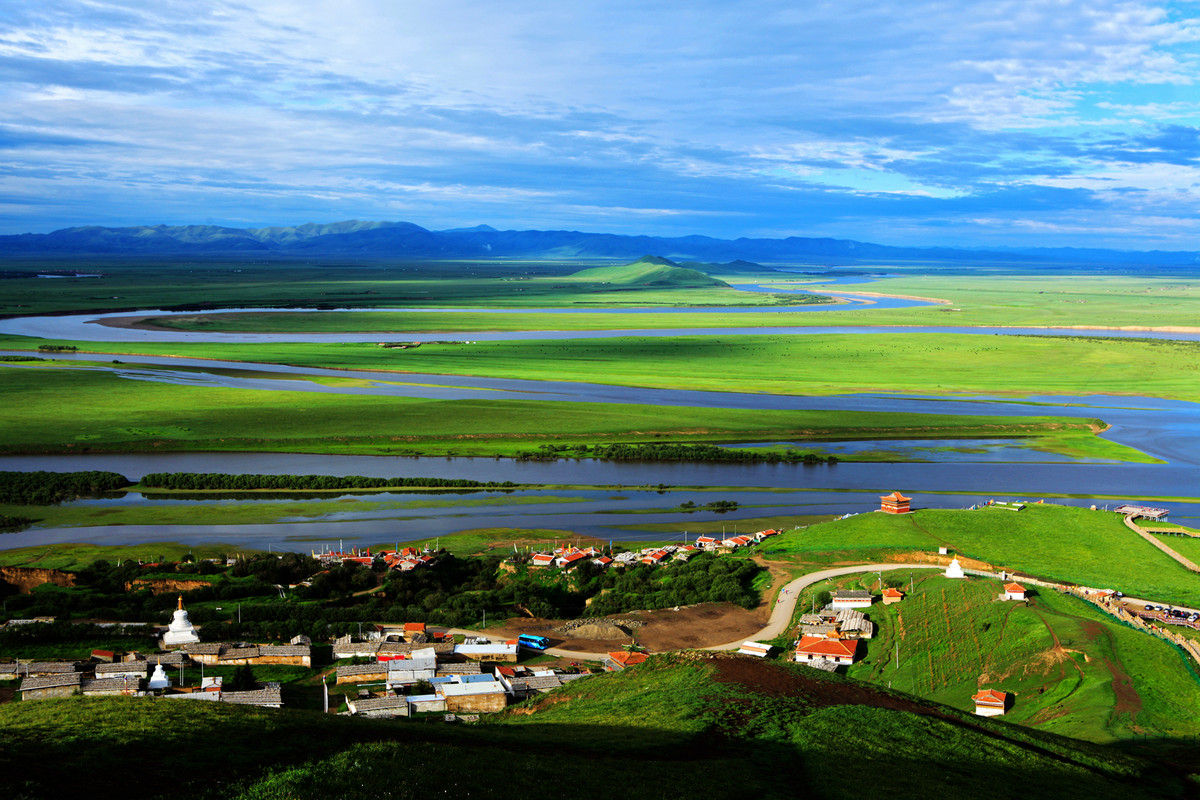
First Bend of Yellow River
The First Bend of Yellow River reveals the feminine beauty of the river with its mildness. It parallels with the masculine beauty of Hukou Waterfall, well interpreted Tai Chi yin-yang theory in Chinese culture, just like its S-shape tells.

Dujiangyan Irrigation System
The Dujiangyan is an ancient irrigation system in Dujiangyan City, Sichuan, China. originally constructed around 256 BC by the State of Qin as an irrigation and flood control project, it is still in use today. The system's infrastructure develops on the Min River , the longest tributary of the Yangtze.

Mount Qingcheng
The mountain used to be the place where he practiced and cultivated his Taoism. Taoist doctrine was built on the ancient witchcraft, recipes for immortality, and the concepts of Huangdi(Yellow Emperor) and Laozi.
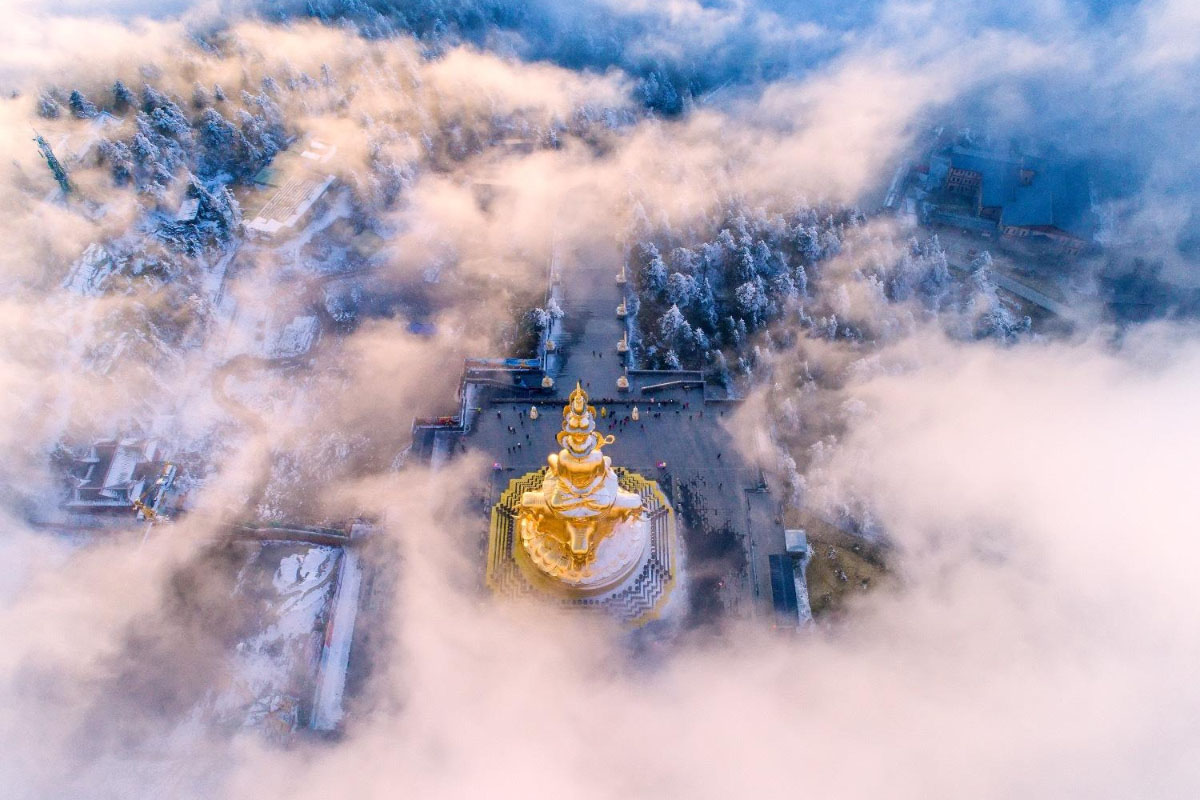
Mount Emei
The Four Natural Wonders are the Sunrise, the Sea of Clouds, the Buddhist Halo and the Sacred Lamp. Visitors are able to view the sun rises over the summit about 200 days a year. But they have to stay overnight in a hotel on the summit. It is a three-stars level hotel with quite a high accommodation price.
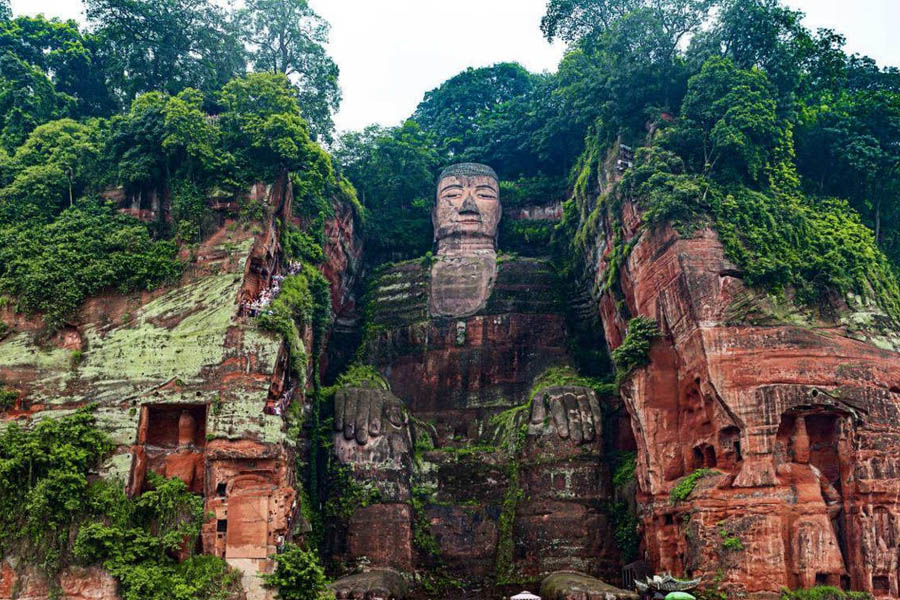
Leshan Giant Buddha
Leshan Giant Buddha is the largest stone-carving art treasure in the world. It is honored as the classic-work of religion, hydraulic and carving art. The huge and majestic statue was created by the ancient craftsmen and artists with simple tools over one thousand years ago.

Shunan Bamboo Sea
The Shunan Bamboo Sea is the world's largest natural bamboo forest area and one of the ten prettiest forests in China, , which created a wonderland of mountain in the cloud and the sea of bamboo thanks to its unique geographical location, This place seems like a misty vast green sea, hence comes the name of ”Bamboo Sea”.
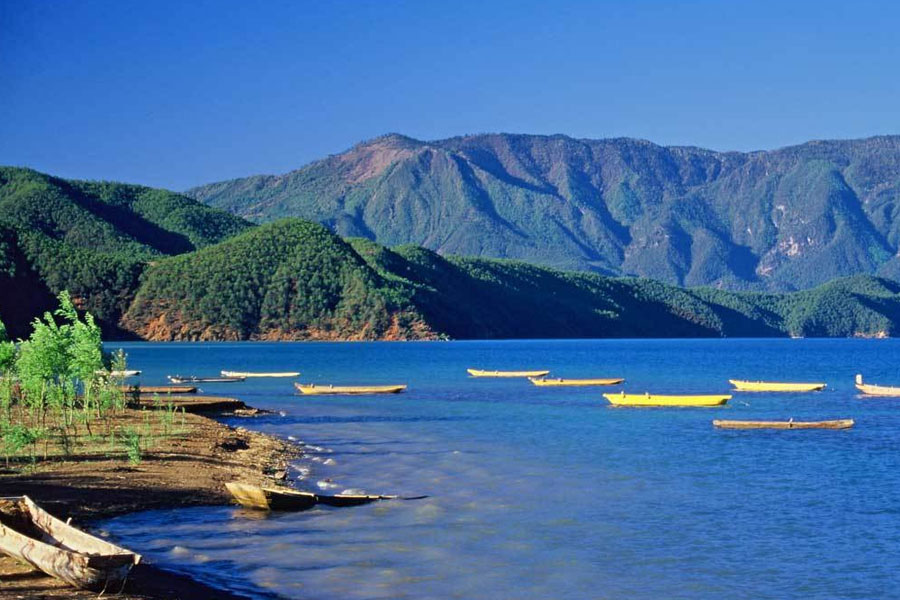
Lugu Lake
In the early morning, the mist mixed with the light of the rising sun gives the lake an orange glow covered by mist. When the light of sun causes the hills to throw their shadows onto the water, the lake has a jade green color. The lake is calm and dark green in the evening when the sun sinks, and is peaceful when night comes.

Mugecuo Scenic Spot
Mugecuo Scenic Spot is surrounded by 7 star lakes of Red Lake, White Lake, Black Lake, etc., pinale and rhododendron forest zones, and unique scenery of mountain, water, air and sound formed by 37 snow peaks, including Zheduo Mountain.
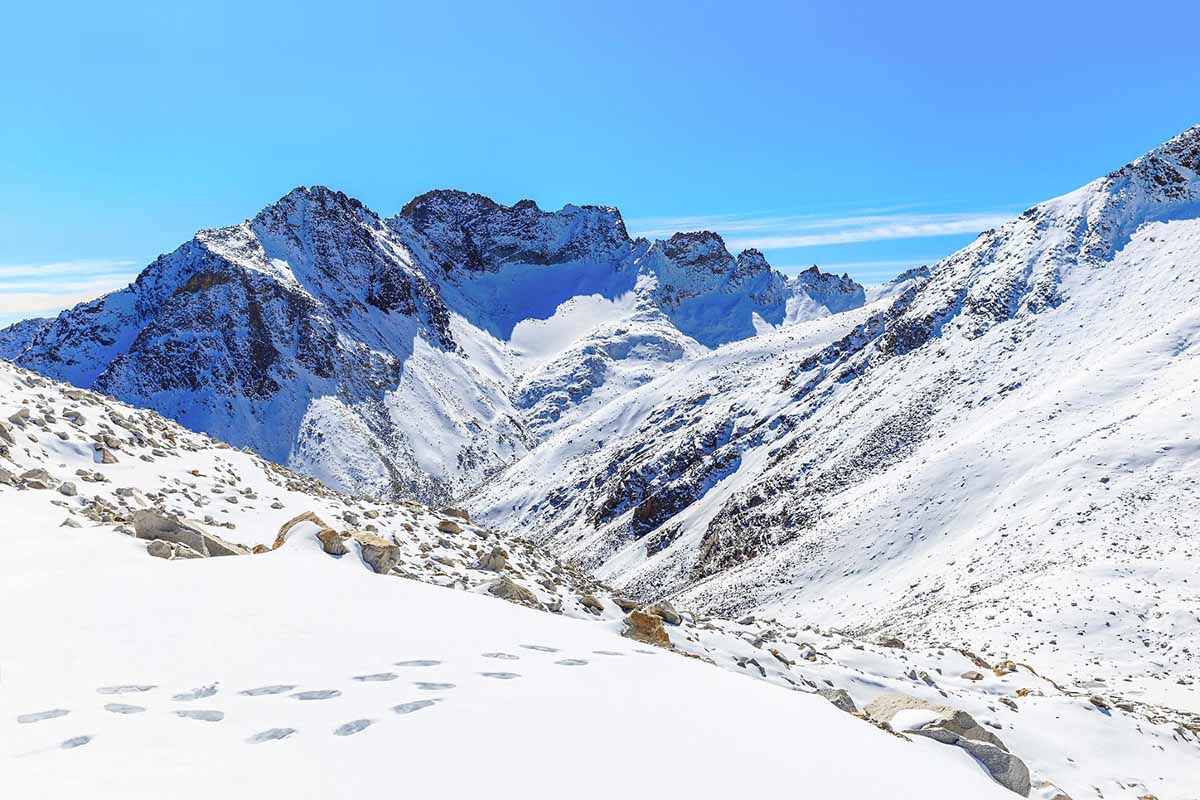
Dagu Glacier
Dagu Glacier is one of the central activity zones of modern alpine glaciers belonging to the late quaternary glaciations in the eastern verge of the Qinghai-Tibet Plateau. Over the past ten thousand years, its scale has been gradually shrunk by the global warming.
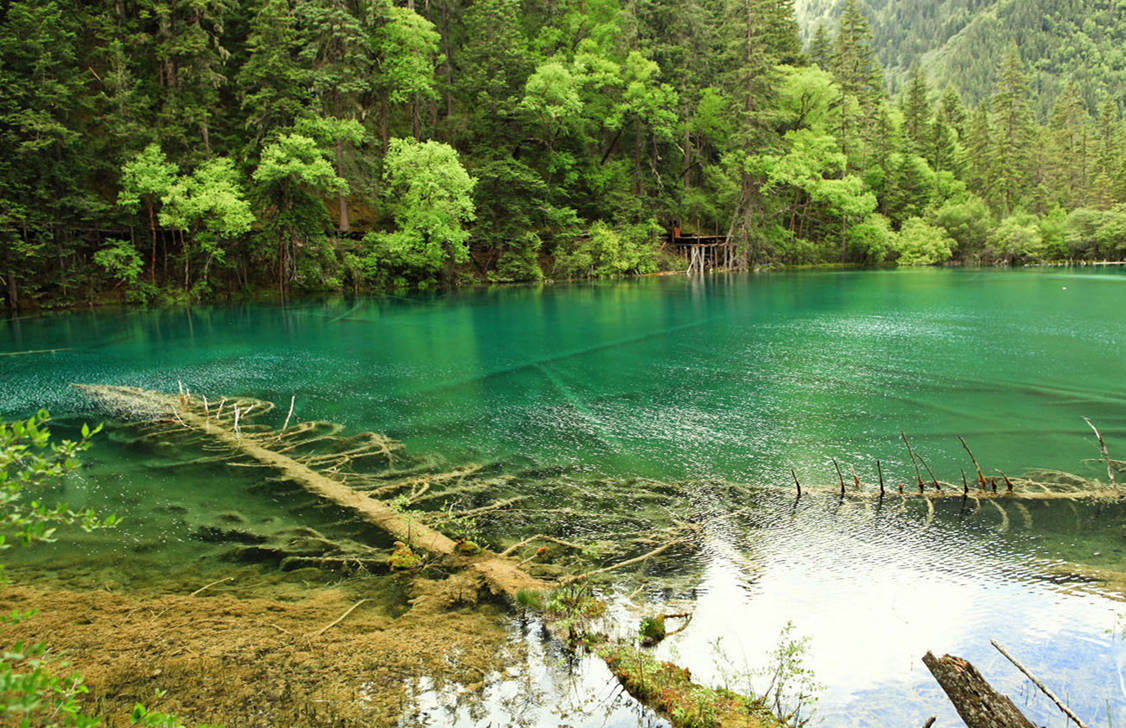
Fairy Pool
Combining the characteristics of the Jiuzhaigou Valley and the Huanglong Scenic and Historic Interest Area, the Fairy Pool Scenic Area features picturesque travertine pools, beautiful alpine lakes and lush forests.
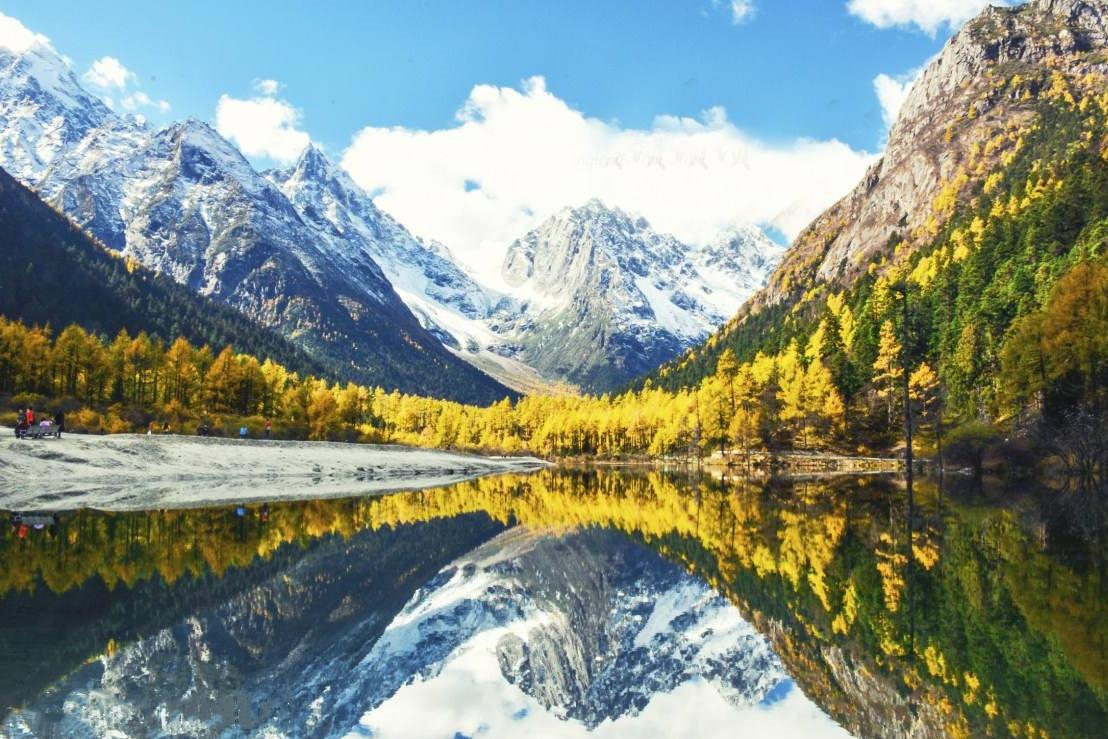
Bipeng Valley
The most beautiful season is autumn, you will get a visual feast with the colorful vegetation, the luxuriant and dense birches throughout mountains and valleys all turn golden and red out of blue, making Bipenggou Valley one of the best known places for autumn leaves sightseein.
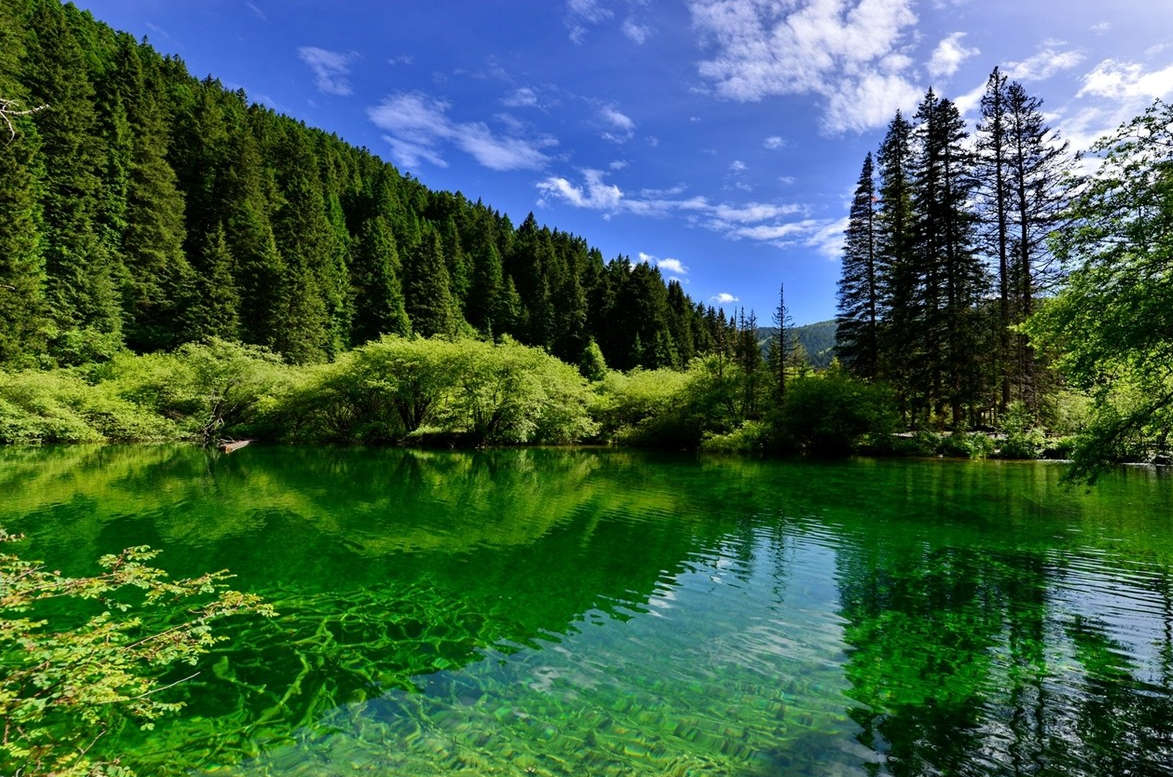
Mouni Valley
The valley stretches over 160 square kilometres, and offers visitors a unique landscape with many Tibetan temples and villages inside. It was once part of the historic Tea-Horse Trail in China.

Xiling Snow Mountain
Xiling Snow Mountain is amazing for water view, biological landscape, and sky landscape and so on beautiful natural scenery. where you can find primeval forests, sheer precipices and overhanging rocks, you can enjoy varieties of flowers, rare birds and other animals.
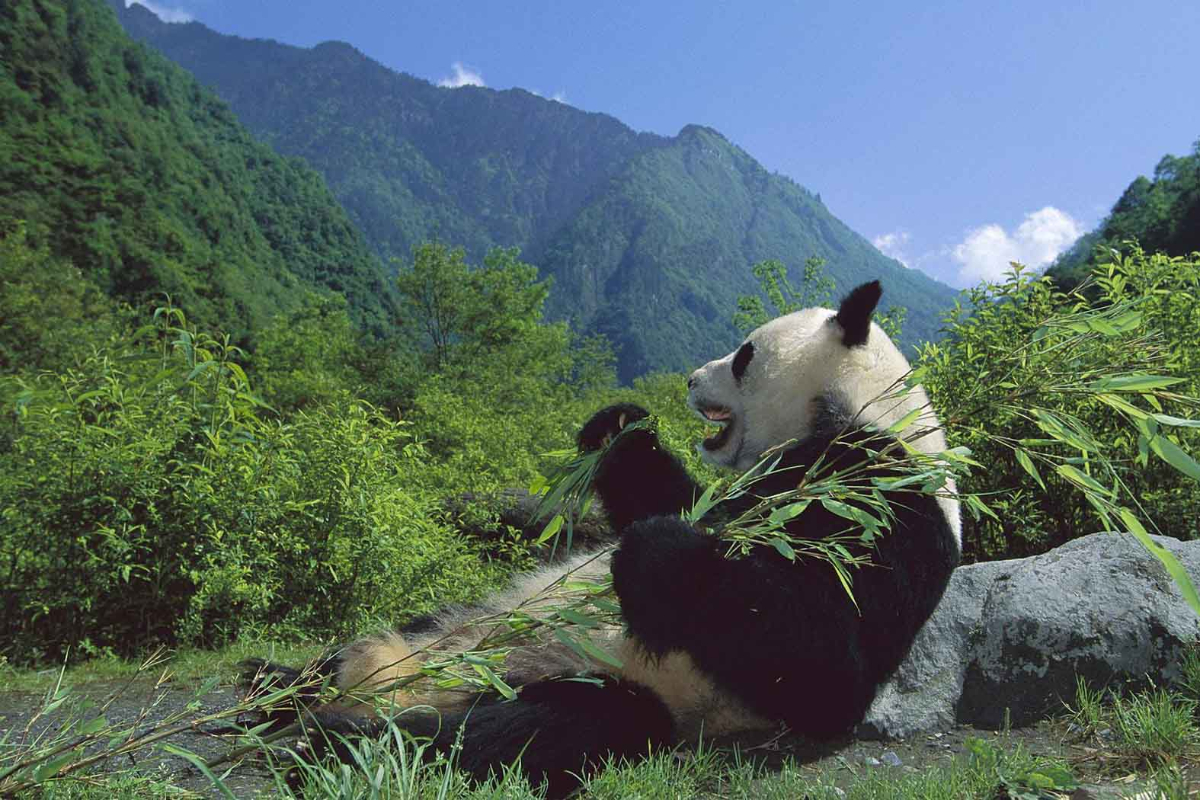
Wolong Panda Base
Wolong National Nature Reserve is acclaimed as the Hometown of Giant Pandas, the National Treasure of China. More than one hundred pandas once inhabited there, accounting for over 10% of the nation's total.
